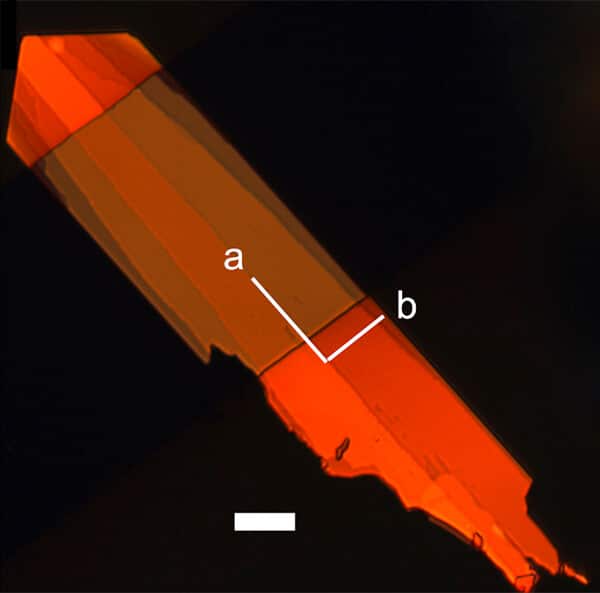Organic semiconductors hold tremendous promise for use in flat and flexible screen displays - imagine an iPod device that you can fold like a page - but they have not yet reached the speed of development necessary to obtain high quality screens

Organic semiconductors hold tremendous promise for use in flat and flexible screens - imagine an iPod device that you can fold like a page - but they have not yet reached the speed of development necessary to obtain high quality screens. Inorganic materials, such as silicon, are indeed fast and stable, but they cannot be folded, and therefore, the search for stable and fast organic semiconductors is still in progress.
Now, a research team led by researchers from Stanford and Harvard universities has succeeded in developing a new organic semiconductor material that is the fastest known to date. The scientists were also able to speed up the development process by using a predictive approach that saved many months - and possibly even years - off the usual timeline. In most cases, the development of an organic material for use as an electronic component requires a large investment of time and is similar to a hit-or-miss process, a limitation that requires researchers to synthesize a large number of candidate materials and, in the next step, test their effectiveness. The team of researchers decided to use a computational prediction approach in order to significantly reduce the number of candidate materials even before wasting time and effort to prepare them.
"The synthesis of some of these compounds could have taken several years," said Anatoliy Sokolov, a researcher in the Department of Chemical Engineering at Stanford University, who was responsible for synthesizing the material the team ultimately chose. The research findings were published in the scientific journal Nature Communications.
The researchers used a material known as DNTT, which had already been demonstrated to function as an efficient organic semiconductor, as their starting point, and then they looked at a number of compounds with chemical and electronic properties that would likely enhance the material's performance. At the end of the process, the researchers found seven promising candidates.
Semiconductors are materials capable of transferring electrical charge from one point to another very quickly. The degree of efficiency of the material in performing this task is determined by the speed of the entry of the charge into the material and the degree of ease with which this charge can pass from one molecule to another, within the material itself.
By using the expected chemical and structural properties of the prepared materials, the research team predicted that two of the seven candidates would be able to absorb an electrical charge with the greatest ease. In the next step, they calculated and found that one of these two compounds would be much faster in transferring this charge from one molecule to another, and thus this compound became their final choice. From the calculations, the researchers predicted that the new material would be twice as fast as the starting material.
The lead researcher explains that it took them a year and a half to improve the synthesis of the new compound and prepare a sufficient amount of it. "The final utilization of the synthesis was only about three percent, and we still had to further purify it." By comparison, the new material is thirty times faster than the silicon used today in liquid crystal displays in products such as flat screen televisions or flat computer monitors.
"It would have taken us several years to both synthesize and characterize all seven candidate compounds. Using this approach, we were able to focus on the most promising and best performing candidate, based on the theoretical prediction," explains one of the co-researchers of the achievement. The researchers hope that their approach can serve as a blueprint for other research groups trying to find better materials that can be used as organic semiconductors. The researchers are already eager to apply their method for the development of new and efficient materials that can be used in organic solar cells.
"In the field of renewable energy, we do not have the time required to synthesize all possible candidates, and we need a theoretical approach that can complement the synthetic approach in order to speed up the discovery of materials," explains one of the researchers.
The news about the study
